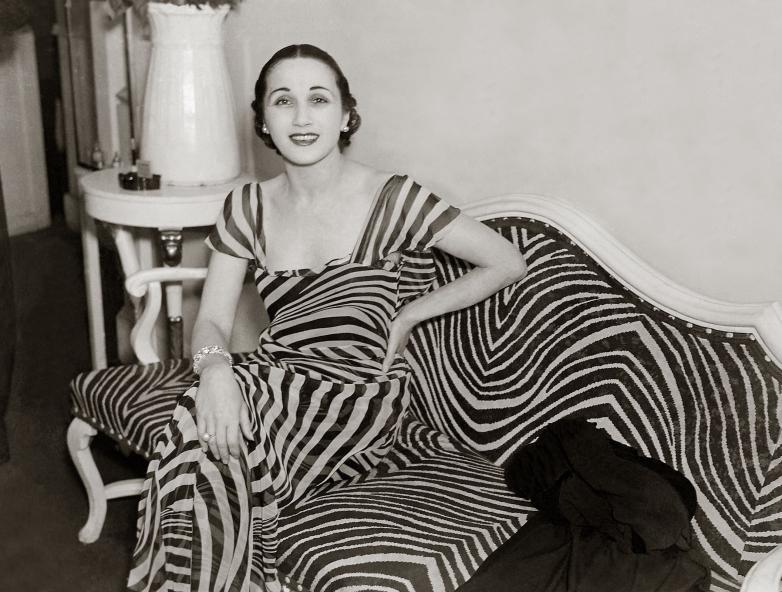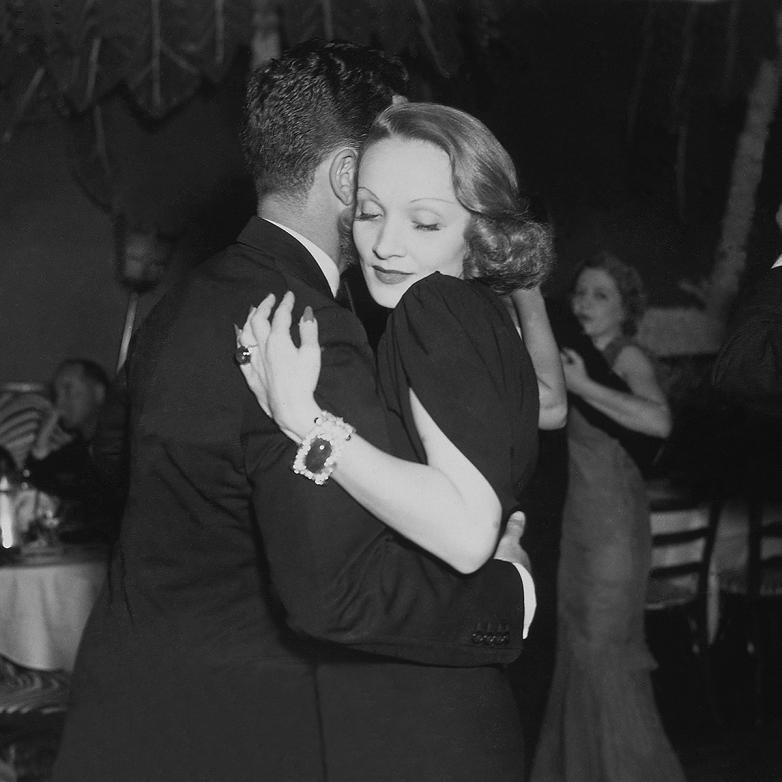His life’s work is now the subject of an exhibition at the Beinecke Library. Life of the Party: Jerome Zerbe and the Social Photograph, which opened last week, showcases selections from the Yale alum’s “massive archive” and “uses Zerbe as a lens for understanding the rise of celebrity over the past century and how framing images of people sharing in celebration became a practice that continues today.”
Life of the Party, which is paired with Michael Childers: Author! Author!, a look at literary celebrity, runs through August 12.
*Longtime FB&C readers may recall our spring 2015 feature story about El Morocco photographer Joe Munster, one of Zerbe’s successors in the late fifties and early sixties who likewise rubbed elbows with Hollywood stars and European royalty. His photos—and his stories—offered fascinating glimpses of mid-century American excess.

















